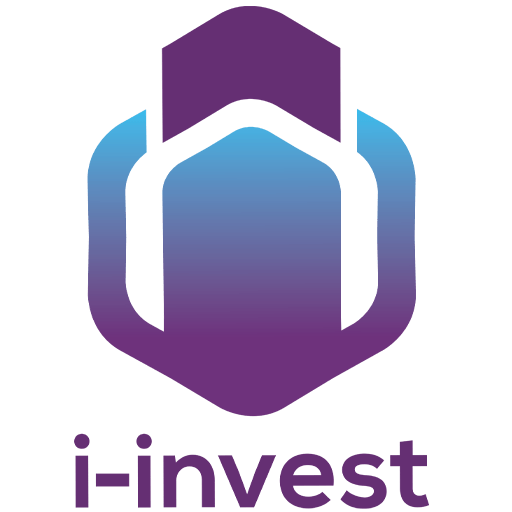Investment basics for beginners
by: JOHN DOE
on: DECEMBER 2, 2022
in: BLOG
For many beginners who want to get started with investing, there are so many probabilities you may need to explore while learning how to invest. Let’s get you up to speed on how to construct a portfolio and what investment options are best for you.
One of the biggest misconceptions about investing is that it’s reserved for the rich. These days, young people, especially those who are just starting out their lives may get intimidated by financial topics, especially topics about investing.
We’ll break that barrier together today and dive deeper into the investment basics every beginner needs to know the 3 first steps to take when starting your investment journey.
But before we get started, did you know that the commercial sense of "an investment of money or capital" originated in the 1610s, and is in connection with the East Indies trade?
What is investing?
Investing is the process of buying assets that increase in value over time and provide returns in the form of income payments or capital gains. It is the purchase of securities, real estate, and other valuable items in the pursuit of capital gains or income.
Investing money involves committing money in order to earn a financial return. This essentially means that you invest money to make more money and achieve your financial goals.
How can I start investing?
1. Have a plan
These days, there are so many instruments to invest in such as stocks, treasury bills, Eurobonds, Equities, Fixed deposits, commercial papers etc. All investments have some level of risk and their prices may fluctuate every now and then. It is important that you map out an investment strategy before you start. As a beginner, it is always important to start small and grow big while understanding your personal risk tolerance and determining the best investment options that suit you.
2. Understand risk, diversification, and asset allocation
What is risk, first of all? When you invest, you decide how to use your financial resources. Risk is any investment-related uncertainty that has the potential to affect your financial well-being, whether positively or negatively. For instance, your investment value might rise or fall due to market conditions.
The first step when it comes to investing is understanding your personal appetite for taking chances. Next is to diversify your investments, which allows you to spread your money across many investment vehicles and minimize the risk. You should also determine how much of your disposable income you are willing to invest monthly and what asset classes to invest in.
At I-invest, our unique array of investment options enables you to take the leap with low and medium risks instruments to build a diverse portfolio for amassing wealth.
3. Start small
It is true that just as Rome was not built in a day, a portfolio of investments that reflects your ambitions cannot be created in a short period of time. Beginners often believe that to begin investing, they must have a loaded bank account. In the real sense of it, you may just need a few thousand, or even a few hundred Naira, to start establishing a strong portfolio.
Starting small entails adding modest sums of cash to your portfolio at first. This could also mean that you are taking smaller risks – which is good for a beginner still trying to determine their risk appetite – however, it also means that your potential gains will be smaller as well. This can also be a good thing, of course, if you're risk-averse or prefer a patient and methodical approach to investing.
To conclude, we need you to know that the most successful investors were not made in a day. And so learning the ins and outs of the financial world and your personality as an investor takes time and patience, not to mention trial and error. At I-invest we know just how precious humble beginnings could be, which is why we have low-cost, attractive, and secure investment options that appeal to investors at any level.

